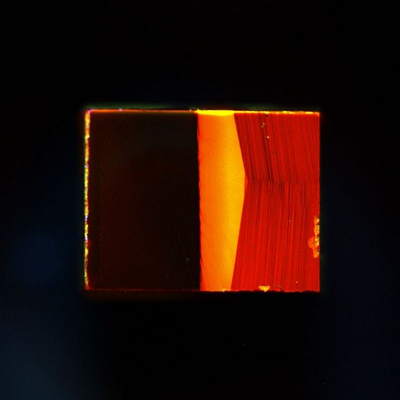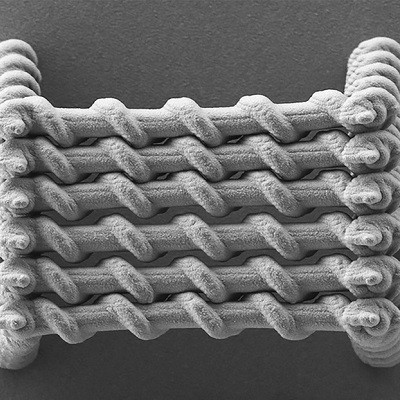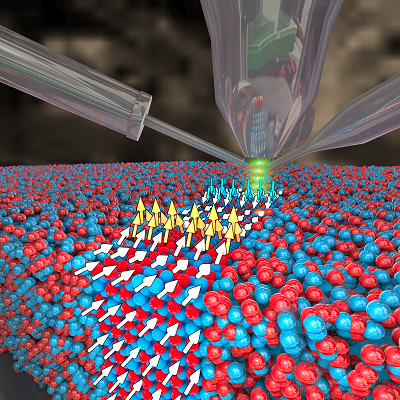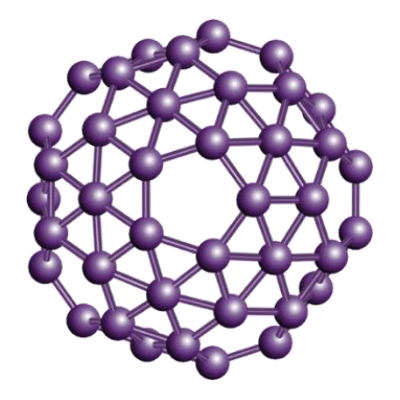Graphene-based sensors are poised to revolutionize the Internet of Things (IoT) and smart cities, offering unprecedented capabilities that could transform various sectors, from healthcare to transportation. As the world becomes increasingly interconnected, the demand for more efficient, reliable, and robust sensors is growing. Graphene, a single layer of carbon atoms arranged in a two-dimensional honeycomb lattice, has emerged as a game-changing material in sensor technology due to its unique properties.
Graphene’s exceptional electrical conductivity, transparency, and mechanical strength make it an ideal material for sensor applications. Its high surface-to-volume ratio allows for the detection of minute changes in its environment, making it incredibly sensitive. This sensitivity is a critical factor in IoT devices, where accurate and real-time data collection is paramount.
In the realm of smart cities, graphene-based sensors can significantly enhance urban living. For instance, they can be integrated into infrastructure to monitor structural health, detecting any signs of deterioration or damage early on. This early detection can lead to timely maintenance, preventing catastrophic failures, and saving substantial costs. Moreover, these sensors can monitor air and water quality in real-time, providing valuable data to manage pollution and ensure public health.
In the transportation sector, graphene sensors can play a pivotal role in improving safety and efficiency. They can be used in autonomous vehicles for obstacle detection and navigation. Furthermore, they can monitor tire wear and tear, alerting drivers to potential issues before they become serious problems.
Healthcare is another sector that stands to benefit immensely from graphene-based sensors. They can be used in wearable devices to monitor vital signs like heart rate, blood pressure, and glucose levels continuously. This real-time monitoring can enable early detection of health issues, leading to timely intervention and improved patient outcomes.
The energy sector can also leverage the power of graphene sensors. They can be used to monitor the performance of renewable energy systems, like solar panels and wind turbines, optimizing their output and efficiency. Additionally, they can detect leaks in pipelines, preventing wastage and potential environmental disasters.
Despite the immense potential of graphene-based sensors, there are still challenges to overcome. The production of graphene is currently expensive and complex, limiting its widespread adoption. However, researchers worldwide are working tirelessly to develop cost-effective and scalable production methods. Once these challenges are overcome, the adoption of graphene sensors is expected to skyrocket.
In conclusion, graphene-based sensors hold the promise to revolutionize IoT and smart cities. Their superior sensitivity, coupled with their robustness and versatility, make them ideal for a wide range of applications. As research progresses and production methods improve, we can expect to see these sensors becoming an integral part of our interconnected world, driving efficiency, safety, and sustainability. The future of IoT and smart cities is indeed bright, thanks to the game-changing potential of graphene-based sensors.
Read the original article on Fagen Wasanni Technologies.







